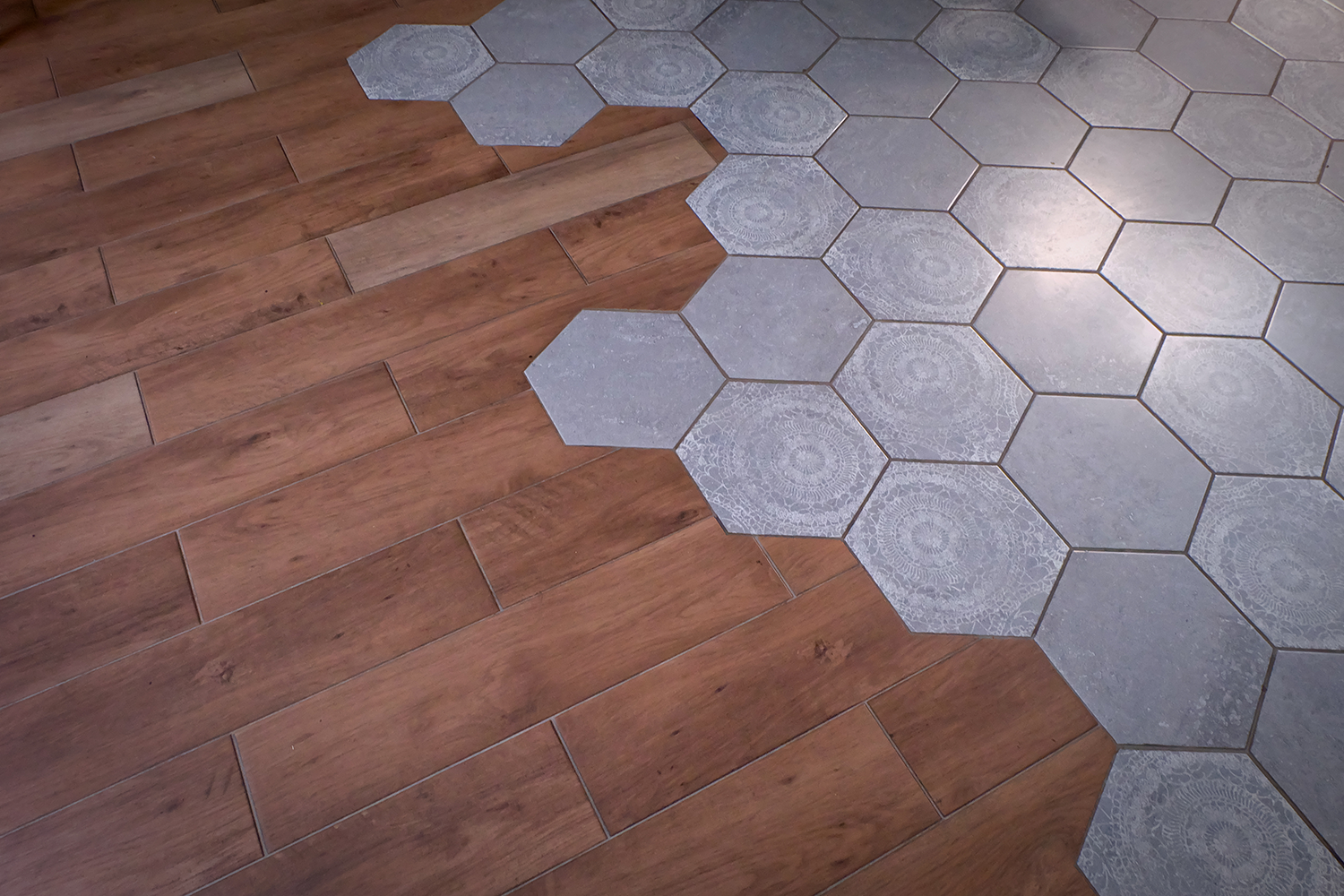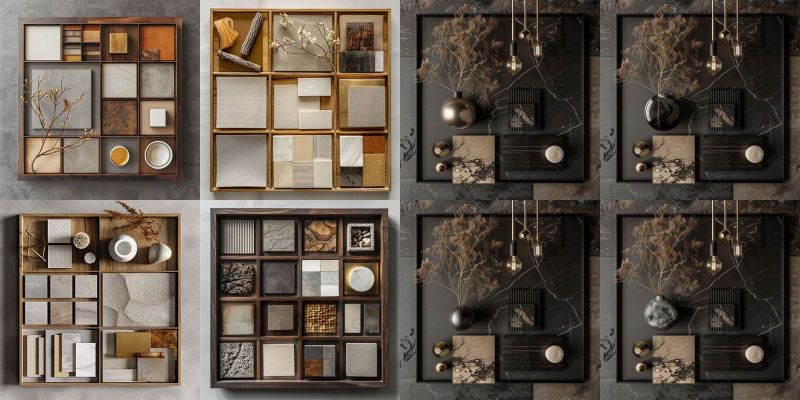28. March 2022
Keeping it clean with good Shop Design
Nobody wants their sparkling new shop interior to lose its lustre before its time. That’s why it is so important to think about future cleaning and upkeep in shop design. In this entry, interior architect Verena Zaugg explains the most important things to bear in mind.
Author
Verena Zaugg
Interiors projects are no everyday affair for shop owners. In high-end retail, shops change their look every ten years or so. In other words, if interiors are to withstand the test of time, it is essential to think about their future upkeep during the design and planning phase. There are huge differences when it comes to material requirements and, likewise, huge differences when it comes to the type of maintenance they involve.
Flooring
One of the key aspects to consider are the transitions between different types of flooring. That includes transitions between exterior and interior spaces and, within the shop, between one floor type and another.
Mall corridors often have stone floors, while many of the shops themselves have wooden floors. If an industrial floor cleaner is used, water may come into contact with – and damage – the parquet. We therefore recommend using an alternative material that does not absorb water. Porcelain stoneware tiles are one example: with a wood effect, they are easily confused for real wood, but can handle mechanical stresses better than wood parquet.
Caution should also be exercised in the case of transitions between carpets and parquet or stone floors. The transition profile from one material to another should be designed to prevent cleaning equipment like vacuum cleaners from damaging the profile and to minimise any potential scratches on its surface. Brass is a good material for that, but it can be affected by cleaning products over time and develop a patina. Anyone who wants to avoid both scratches and patinas should try powder-coated aluminium.
The trend of combining stone and parquet flooring – e.g. having cement tiles intersect with the planks of a hardwood floor – is also incredibly challenging to maintain properly. When the parquet needs to be oiled, you either need to have chosen a specific type of stone and/or the stone has to be protected from the oil. What’s more, it is highly advisable to follow the recommendations of the manufacturers and suppliers when choosing cleaning products.

Furniture and wall elements
In the case of stand-alone furniture, it is wise to keep an eye on the distances between them, the walls and other objects. Can the vacuum cleaner head – or at least a hand – still fit between them? Remember that there is a higher risk of damages when cleaning staff need to move furniture around to ensure that every corner of the shop is immaculate.
The same goes for display cases: the glass in the back also needs to shine, so their construction and positioning should facilitate that. DOBAS recently worked on a custom design for a retail project in Bucharest, in which the display case could be pulled forward a few centimetres to be cleaned without having to move the base frame.
When you have multi-layered wall elements, e.g. made of metal latticework (see the header image), it is worth thinking about future cleaning and maintenance during the planning and design phase.
Tables and presentation surfaces
In watch and jewellery boutiques, tables often have a leather inlay to keep the products from getting damaged when showing them. Sales staff spend a lot of time there with clients, so it is not uncommon for pen marks to end up on the leather. Changing the leather every time this mishap occurs would be very costly. But, with the proper cleaning product, pen marks quickly become a thing of the past.

When tables or other horizontal surfaces made of natural stone are integrated into the shop design, you must take great care to choose the right type of cleaning products. Many are too acidic for stones like marble, limestone and travertine, corroding them and destroying their surface. There are special waterproofing products designed to protect them. Furthermore, it is important to avoid using nanofibre and microfibre cloths – using them frequently will damage any surface.
When we have completed a project, we give our clients a folder with all relevant information and instructions for the upkeep and maintenance of their new interior. We put together the documents for each individual project and integrate them into the cleaning and care instructions from the suppliers and manufacturers.
Take your interior architecture project to the next level
Verena Zaugg
Interior Architect
Explore More Space Stories
Space Story #40 | 29 March 2024
Artificial Intelligence in Interior Architecture
Interior architect Verena Zaugg is currently examining the ways in which artificial intelligence (AI) can be used in design processes by testing out Midjourney and other programmes. What opportunities do such text-to-image tools provide? And what are their limits?
Space Story #6 | 26 June 2020
Around the Globe on Assignment
As a full-service provider, DOBAS also handles on-site assembly for its projects. Our assembly team is on the road almost year-round, carrying much more than just expertise and tools.



